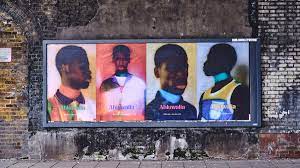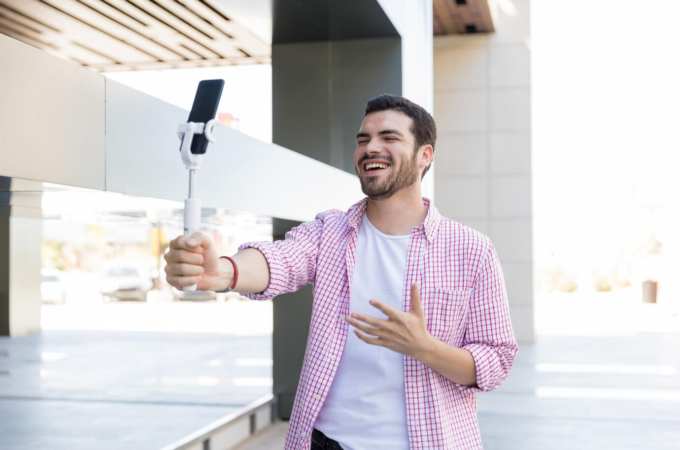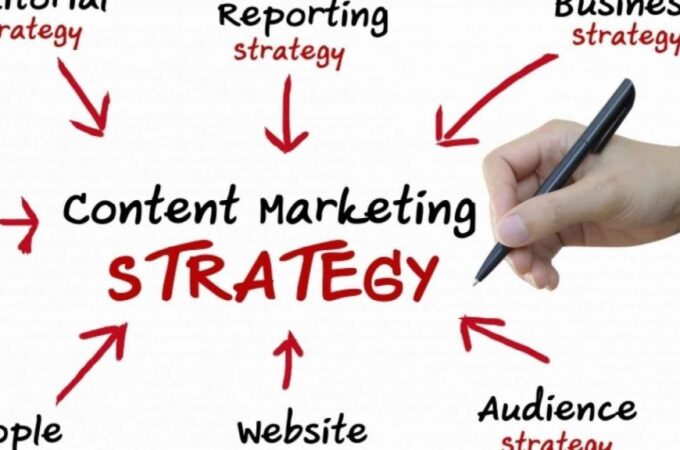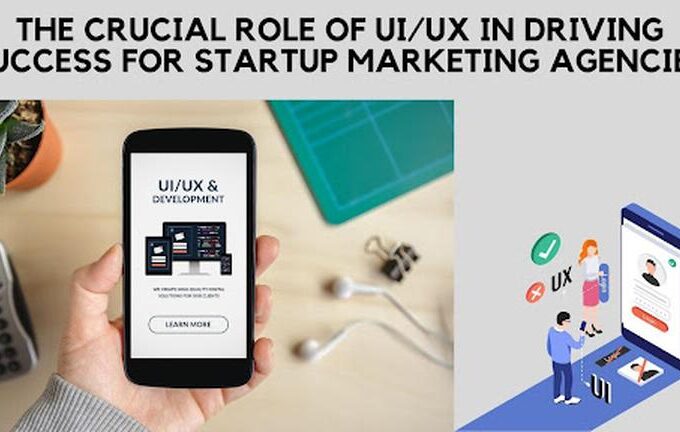
3 Best Ooh Campaigns of the 2010s and Why They Had Such a Big Impact
You don’t have to be a marketing expert to recognize a strong branding strategy; if it sticks in your mind, it does its job brilliantly. Ads are all around you; you can’t avoid the massive marketing business, and why would you?
Enjoying viewing advertisements is a natural reaction to well-planned marketing campaigns. The level of imagination, work, preparation, and resources reveals the entire tale of what it takes to reach your target demographic and provide your customers with what they truly desire. If you’re not sure how the advertising industry works, strap up because we’ve got a lot of fun stuff to delve into.
Traditional advertising has been, and continues to be, the primary communication medium via which most firms may reach their target audience. However, the out-of-home marketing sector has grown in the previous two decades since people still spend a lot of time outside. And, since there are so many methods to block internet commercials (simply click it away and you’re good to go), you can’t get rid of them when you’re strolling down the street, driving on the highway, or eating at a restaurant. You may try to look away, but whether you like it or not, you’d still be bombarded with them. You wonder just how much is a billboard in Times Square? A tiny price, compared to the impressions and audience it can reach in one hour.
Most companies are interested in digital out of home marketing since it is innovative and has few limitations when it comes to implementation. If you’re wondering who the big guns of OOH are, buckle up, because it’s time for a time-traveling journey to the 2010s, since that’s when everything in the advertising business took a turn for the better.
Coca Cola and The Happiness Machine
In 2010, Coca Cola released a short movie entitled Happiness Machine, which gathered no less than 3 million views. The clip shows a Coke machine on a college campus. The two minutes depict the experiences of the students who decided to utilize the machine, and as wholesome as the experiment is, the entire campaign was carefully thought out.
According to the company’s press release, the brand’s goal is to “inspire customers via little moments of delight,” and you might say they did an excellent job. The Happiness Machine took up the top prize at the 2010 CLIO Awards. That is the world’s most prestigious prize for the advertising profession. What about the intended audience, though? With over 3 million views (a huge deal for the early 2010s) and increasing mentions of the Where Will Happiness Strike Next campaign, Coca Cola has opened the door to new OOH ideas that most brands have not even considered. Why? Because it involved the intended audience throughout the process. Because it was spontaneous and yet successful. Because it was genuine and natural.

IKEA and the Hyderabad campaign
Why wouldn’t you think of a minimalist, Swedish home design when you think of IKEA? Their whole company is built on their incredible marketing strategies, which are both simple and effective.
When IKEA initially officially opened the first store in Hyderabad, the entire city was blanketed with over 150 outdoor advertising billboards. Every street corner in the city had at least one advertisement board. What was their primary target? To make their presence known across the city and raise as much awareness as possible. Essentially, IKEA went all out and conducted a massive PR campaign for its first Indian store, and it had the desired effect: the opening day was packed with interested and thrilled people eager to explore the marvels of Swedish home-vibe. Many customers were amazed by their stunts, which ranged from billboards to empty IKEA cartons on airport conveyor belts to publicize the newly opened store.
Why did it work? Because IKEA made it their main purpose to show the Indian customers that Indian homes could be flexible, yet still maintain the cultural values the community so loves.
British Airways and #lookup campaign
What could be cuter than a toddler pointing out various objects in awe? Probably a commercial featuring a toddler staring in amazement at airplanes!
In 2013, British Airways broadcast a series of short videos on a digital out-of-home billboard featuring a small child pointing out real-time flights flying off to various places around the world. The device automatically tracked jet paths and disrupted whatever commercial was playing on the Piccadilly Circus billboard.
It was truly fantastic and the beginning of British Airways’ public relations initiatives, and it had a big influence since it was a game changer in the DOOH industry. Their major theme was to restore the wonder of flying and discovering new and interesting destinations to visit, as well as to restore the innocence and enthusiasm that children feel while learning new things.
What about the aftereffects? Over a million YouTube views and 45 million media impressions in the first three weeks earned British Airways the coveted Golden Pencil award.
These are only some examples of what DOOH can do. As long as you’ve got the right plan and the resources, sky’s the limit in the advertising world.




